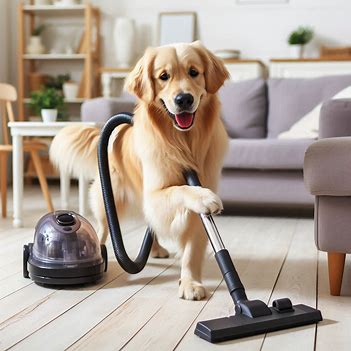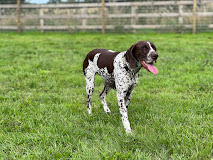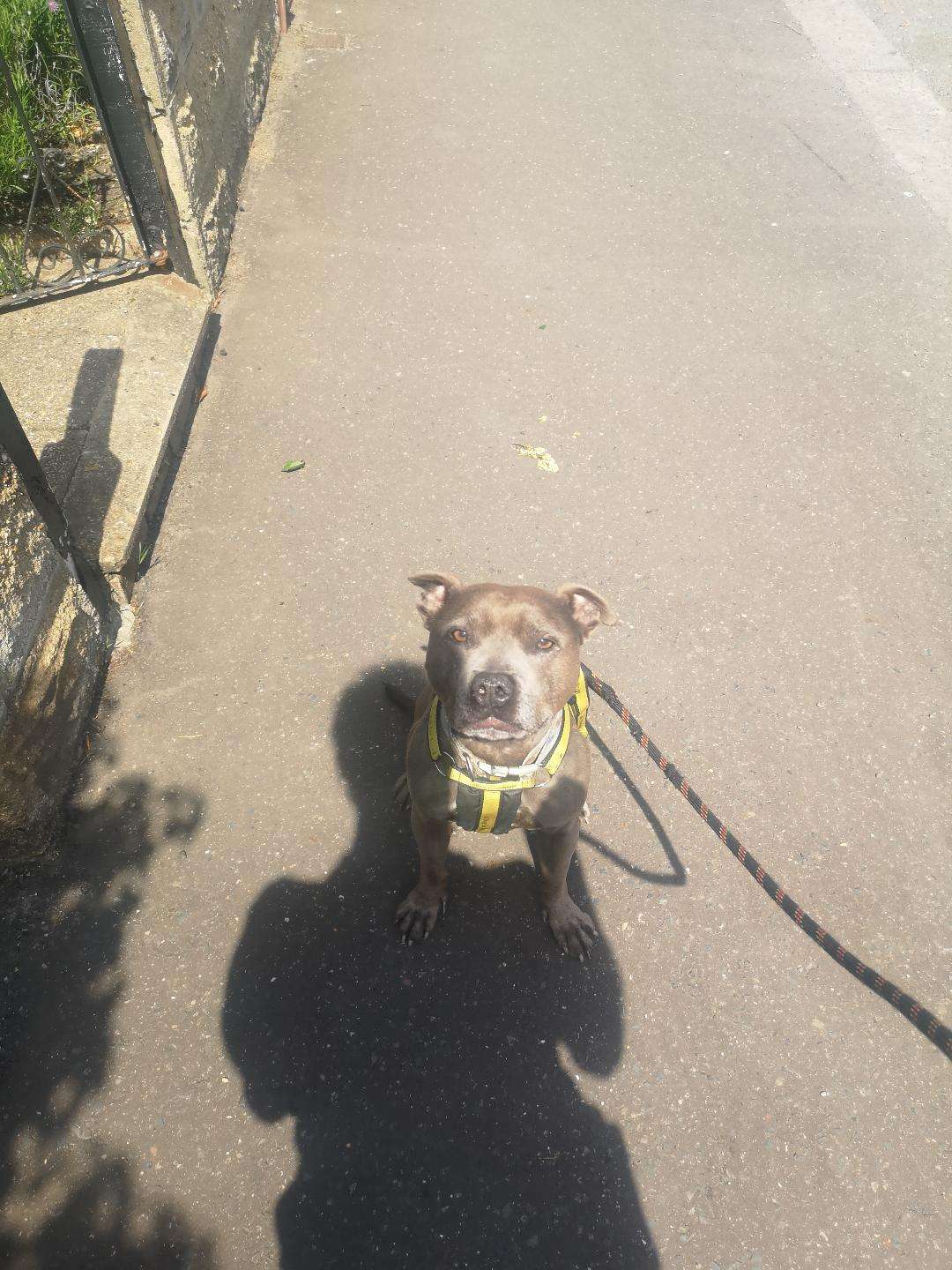Small dog syndrome, also known as small dog aggression, is a behavioural problem that can develop in some small dogs. It is characterised by an excessive amount of barking, growling, and biting, especially towards people and other animals. This is because the world to them is so much bigger to them, and is often misbelieved as aggression. I would be worried if a 10 meter tell person would come up to me.
This can lead to them barking out of fear at threats, especially as it “works” so well with the postie!
There are a number of things that can be done to help your dog. One of the most important things is to socialise your dog from a young age. This means exposing them to a variety of people, places, objects, and animals in a positive and controlled environment but more importantly the ability to just ignore them too. This will help them to learn that not everything is a threat and that they can feel safe around other beings.
It is also important advocate for your dog, this means putting their physical and emotional well-being before your own and protecting them from harm, both physical and emotional for example doing our best put our dogs in the situation that’s right for them based on their current skill levels.
Finally, it is important to provide your dog with plenty of exercise and mental stimulation. This will help to keep them calm and prevent them from becoming bored and restless. A bored dog is more likely to develop behavioural problems, such as small dog syndrome.
If you are struggling to deal with small dog syndrome in your own dog, it is important to seek a dog trainer. They can help you to assess the situation and develop a plan to address the problem.
Here are some additional tips for dealing with small dog syndrome:
• Do not tell your dog off. Imagine being told off for scream at a spider, is this going to help?
• Use positive reinforcement techniques to reward your dog for good behaviour and teach them what to do.
• Provide your dog with a safe place to retreat to ideally at the back of the house.
• If your dog is showing signs of aggression, remove them from the situation and give them a time-out.
• When left alone, ideally don’t leave them near the front door, to avoid the postie.
• With handling, understand our hands are often the same size as them, extra care should be taken in picking them up and teaching them that hands are good before a dog that is too big comes over and you have to pick them up.
With patience and consistency, you can help your dog overcome small dog syndrome and live a happy and well-adjusted life and of course I’m very happy to help.



